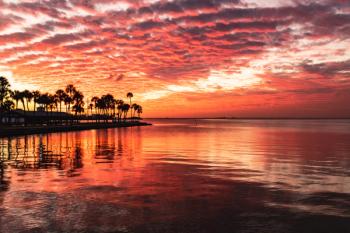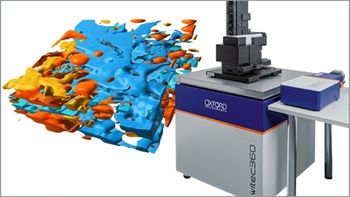
Detection of Microplastics in Bottled Water Using Raman Microspectroscopy
Spectroscopy sat down with Oskar Hagelskjaer, Founder and CEO of Microplastic Solution, to discuss his latest study whose findings challenge EU Directive 2020/2184 regarding microplastic detection in potable water.
Microplastic (MP) content in potable water remains unregulated, with MP concentrations in bottled water varying significantly between brands. The EU Directive 2020/2184 addresses MP detection in potable water but only considers particles in the 20–5000 μm range (1).
Smaller MPs (1–20 μm) are more likely to pass through the human intestine into the bloodstream and organs, raising concerns about their omission in regulations (1).
Recently, Oskar Hagelskjaer, CEO and Founder of Microplastic Solution, conducted a study that analyzed MP concentration in 10 various bottled water brands and one tap water sample using automated Raman microspectroscopy, detecting MPs as small as 1 μm (1). Because many of the MPs were smaller than 20 μm and 10 μm, respectively, his study highlights the need for smaller MP inclusion in regulations (1).
Hagelskjaer’s research interests include many topics related to MPs, with a particular focus on atmospheric microplastics in the aerosol size range (1–50 µm) and the development of protocols to isolate them in various matrices (2). After defending his Ph.D thesis, he founded Microplastic Solution, a startup company based in Toulouse, France, that specializes in MP detection, recovery, sampling, mitigation strategies and certification, as well as the production of fit-for-purpose reference materials (2).
In this video interview, Hagelskjaer responds to the following questions:
- Why was it critical to extend the analysis to detect microplastics (MPs) in the 1–20 μm range, and how do these smaller particles influence our understanding of MP exposure through potable water?
- Your study highlights significant variability in MP concentrations across different brands of bottled water. What factors might contribute to these variations, and how could they be mitigated?
- Do any of the MPs come from the plastic water bottles themselves, and is distilled bottled water lower in MP content?
- What are some potential sources of the non-polyethylene terephthalate (PET) MPs, and what implications does this have for the broader issue of microplastic contamination?
References
- Hagelskjaer, O.; Hagelskjaer, F.; Margenat, H.; et al. Majority of Potable Water Microplastics Are Smaller Than the 20 μm EU Methodology Limit for Consumable Water Quality. PLoS Water 2025, 4 (1), e0000250. DOI:
10.1371/journal.pwat.0000250 - Microplastic Solution, About Us. Microplastic Solution. Available at:
https://www.microplasticsolution.com/about-us (accessed 2025-01-31).
Newsletter
Get essential updates on the latest spectroscopy technologies, regulatory standards, and best practices—subscribe today to Spectroscopy.





